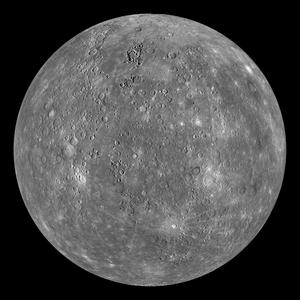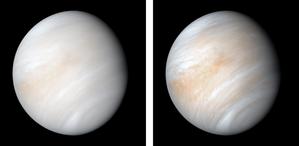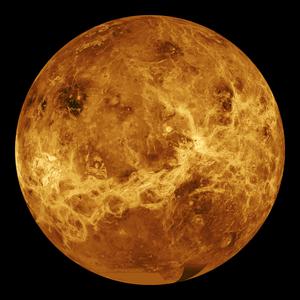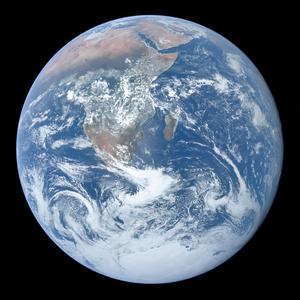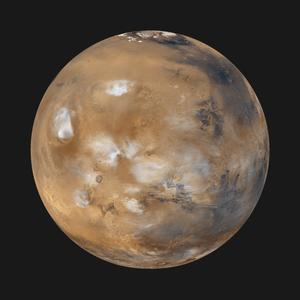Glossary term: Terrestrial Planet
Description: A terrestrial planet is one that is made up mostly of material such as rock and iron. Terrestrial planets lack the puffy atmosphere of hydrogen and helium found in giant gas planets, instead having much smaller atmospheres or no atmosphere at all. Terrestrial planets generally have smaller masses than giant planets and are smaller in size.
In the Solar System the terrestrial planets are Mercury, Venus, Earth, and Mars.
One of the main focuses of exoplanet astronomy has been the search for terrestrial planets of similar size and composition to Earth which lie in their star's habitable zone.
Related Terms:
See this term in other languages
Term and definition status: This term and its definition have been approved by a research astronomer and a teacher
The OAE Multilingual Glossary is a project of the IAU Office of Astronomy for Education (OAE) in collaboration with the IAU Office of Astronomy Outreach (OAO). The terms and definitions were chosen, written and reviewed by a collective effort from the OAE, the OAE Centers and Nodes, the OAE National Astronomy Education Coordinators (NAECs) and other volunteers. You can find a full list of credits here. All glossary terms and their definitions are released under a Creative Commons CC BY-4.0 license and should be credited to "IAU OAE".
If you notice a factual error in this glossary definition then please get in touch.
Related Media
Mercury
Credit: NASA/Johns Hopkins University Applied Physics Laboratory/Carnegie Institution of Washington credit link
License: PD Public Domain icons
Venus in visible light
Credit: NASA/JPL-Caltech credit link
License: PD Public Domain icons
Venus' surface
Credit: NASA/JPL credit link
License: PD Public Domain icons
Earth as observed from Apollo 17
Credit: NASA/Apollo 17 crew/Project Apollo Archive
License: PD Public Domain icons
Mars
Credit: NASA/JPL/MSSS credit link
License: PD Public Domain icons
